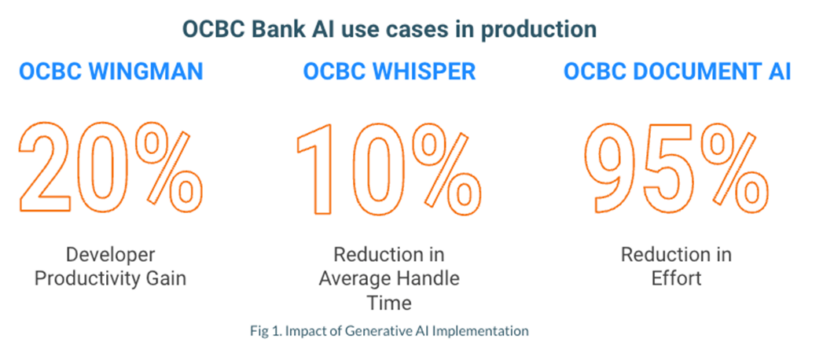More than two-thirds of companies are currently using Generative AI (GenAI) models, such as large language models (LLMs), which can understand and generate human-like text, images, video, music, and even code. However, the true power of these models lies in their ability to adapt to an enterprise’s unique context. By leveraging an organization’s proprietary data, GenAI models can produce highly relevant and customized outputs that align with the business’s specific needs and objectives.
Structured and Unstructured Data: A Treasure Trove of Insights
Enterprise data encompasses a wide array of types, falling mainly into two categories: structured and unstructured. Structured data is highly organized and formatted in a way that makes it easily searchable in databases and data warehouses. This data often includes fields that are predefined, such as dates, credit card numbers, or customer names, which can be readily processed and queried by traditional database tools and algorithms.
On the other hand, unstructured data lacks a predefined format or structure, making it more complex to manage and utilize. This type of data includes a variety of content such as documents, emails, images and videos. Thankfully, GenAI models can harness the insights hidden within both structured and unstructured data. As a result, these models enable organizations to unlock new opportunities and gain a 360 degree view of their entire business.
For example, a financial institution can use GenAI to analyze customer interactions across various channels, including emails, chat logs, and call transcripts, to identify patterns and sentiments. By feeding this unstructured data into an LLM, the institution can generate personalized financial advice, improve customer service, and detect potentially fraudulent activities.
The Role of an Open Data Lakehouse in Seamless Data Access
To fully capitalize on the potential of GenAI, enterprises need seamless access to their data. This is proving to be a challenge for businesses – only four percent of business and technology leaders described their data as fully accessible. This is where an open data lakehouse comes into play. It is the building block of a strong data foundation necessary to adopt GenAI. An open data lakehouse breaks down data silos and enables the integration of data from various sources, making it readily available for GenAI models.
Cloudera’s open data lakehouse provides a secure and governed environment for storing, processing, and analyzing massive amounts of structured and unstructured data. With built-in security and governance features, businesses can ensure that their data is protected and compliant with industry regulations while still being accessible for GenAI applications.
By feeding enterprise data into GenAI models, businesses can create highly contextual and relevant outputs. For instance, a manufacturing company can use GenAI to analyze sensor data, maintenance logs, production records and reference operational documentation to predict potential equipment failures and optimize maintenance schedules. By incorporating enterprise-specific data, the GenAI model can provide accurate and actionable insights tailored to the company’s unique operating environment – helping drive ROI for the business.
Real-world Examples of Data-driven Generative AI Success
OCBC Bank, a leading financial institution in Singapore, has leveraged GenAI to enhance its customer service and internal operations. By feeding customer interaction data and financial transaction records into LLMs, OCBC Bank has developed AI-powered chatbots that provide personalized financial advice and support. The bank’s teams built Next Best Conversation, a centralized platform that uses machine learning to analyze real-time contextual data from customer conversations related to sales, service, and other variables to deliver unique insights and opportunities to improve operations. The bank has also used GenAI to automate document processing, reducing manual effort and improving efficiency.

A global pharmaceutical company has utilized GenAI to accelerate drug discovery and development. By integrating structured and unstructured data from clinical trials, research papers, and patient records, the company has trained GenAI models to identify potential drug candidates and predict their efficacy and safety. This data-driven approach has significantly reduced the time and cost associated with bringing new drugs to market.
These real-world examples demonstrate the transformative power of combining enterprise data with GenAI. By leveraging their unique data assets, businesses across industries can unlock new opportunities, drive innovation, and gain a competitive edge.
Learn more about how Cloudera can help accelerate your enterprise AI journey.



